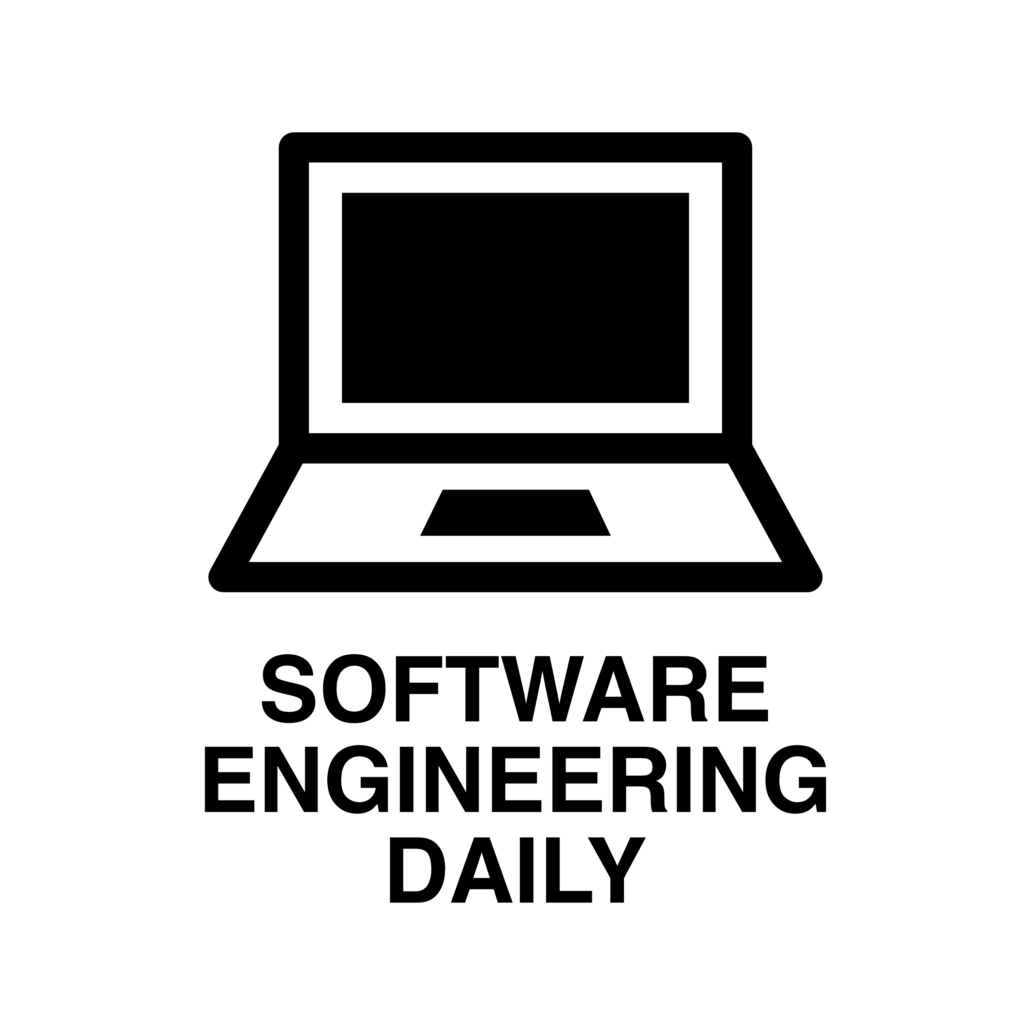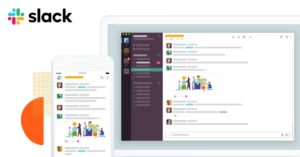An Introduction to Observability
Just like everything else in software development, the idea of observability is not new – it emerged alongside the advent of information systems. Observability is a critical part of SDLC and helps developers and operations teams monitor their applications and environments, identify issues before they impact customers, and improve the performance of their software products.
This article will discuss the following points:
- What is Observability?
- What problems does it solve?
- Releases are faster
- Incidents become easier to fix
- What are the challenges of observability?
- Observability vs Monitoring
- The Three Pillars of Observability
- Metrics
- Logs
- Traces
- How do you implement Observability?
- Choosing an Observability Platform
- Best Practices of Observability
- Conclusion
What is Observability?
Observability helps developers and operations teams monitor their applications and environments, identify issues before they impact customers, and improve the performance of their software products.
Observability encompasses the monitoring of application metrics (usually via instrumentation), logs and exceptions, tracing data, and many other aspects of software applications. You can leverage observability to diagnose problems in real time or after they have occurred so that they don’t occur again.
Observability is the art of observing and understanding your system in order to make better decisions. Observability is generally understood as the ability to observe, understand and act upon events that occur within software systems or their components.
The observation part is straightforward – we have tools that can collect data about what has happened inside our application and correlate those observations.
What problems does it solve?
Here are some of the key benefits of observability:
- Gain insights into the infrastructure as a whole
- Promote faster releases
- Resolve issues easily and quickly
- Reduce costs
- Enhance developer productivity
The Three Pillars of Observability
The three pillars of observability are metrics, logs, and traces.
Metrics
Metrics provide quantitative data points about what’s happening within your system at any given point in time. This may take the form of CPU utilization or memory usage over time, counts on individual requests being served by an API gateway, etc., but they’re typically aggregated across multiple instances of your application (e.g., per cluster node). They can also include derived values such as averages or percentiles; for example: “the average CPU utilization across all nodes was 20% today.”
Logs
Logs are structured messages that provide context about what’s happening within your system. They often include information such as request IDs, timestamps, and payloads for individual requests being served by an API gateway. As with metrics, these logs can be aggregated across multiple instances of your application (e.g., per cluster node).
Traces
Traces are unstructured streams of events emitted by your software. They’re typically emitted at a high rate (e.g., thousands per second) and include data such as the time at which each event occurred, what kind of event it was (e.g., HTTP request, database query), and any additional parameters that were passed along with it (e.g., query parameters for an HTTP request).
Observability vs Monitoring
Monitoring and Observability are related concepts, they complement each other. In other words, the two terms “monitoring” and “observability” are often used interchangeably. However, there are subtle differences between the two.
The key difference here is that while monitoring is reactive (i.e., it responds after an event has occurred), observability allows you to detect problems before they occur or even know when they occur in the first place (i.e., it is proactive).
Monitoring refers to the process of collecting, storing, and analyzing data. Observability provides valuable insights into how an application behaves at runtime. So, observability provides visibility into how your application has been behaving in a production environment.
Monitoring is the act of tracking and measuring the performance of a system. This can be achieved by using tools such as New Relic, which track application performance metrics like response times, error rates, and concurrency issues. Observability refers to the capability of observing and understanding the state of a system. With it, you can detect problems before they occur or even determine when they are likely to occur.
Both monitoring and observability tools are used to collect data from systems in order to help identify issues and understand behaviour. The key difference between the two is that observability provides more complete data collection and analysis, while monitoring may provide more limited data collection and analysis.
To be able to monitor something, there must be some level of observation involved. Observability takes advantage of instrumentation to provide insights that help with monitoring. The extent of observability depends on the ability to discover unknown qualities and patterns.
Observability and monitoring solutions provide a comprehensive overview of the health of your IT infrastructure, allowing for better decision-making. While monitoring warns the team of a possible problem, observability assists the team in determining and resolving the underlying cause of the problem.
How do you implement Observability?
In order to achieve observability, you need to instrument your code so that you can collect data at every point in the system from the data sources themselves. This data can include everything from application and database logs to network traffic and performance metrics.
Choosing an Observability Platform
There are certain factors you should consider before choosing an observability platform.
Ease of use
You should pick an observability platform that is easy to use. There is no point in selecting an observability platform if you’re going to struggle with it or get frustrated by its complexity. You need a tool that makes sense to you and your team, so choose one that has good documentation, guides and tutorials for new users, and a community forum where you can ask questions when things aren’t clear.
Community Support
You should choose an observability platform that has a community behind it. It’s important for your chosen tool to have good support from its developers as well as other users who are using it in production environments like yours—so look for options with active communities on social media sites such as Twitter or Reddit, etc.
Flexible
You should select an observability platform that can be used in multiple use cases. Even though some monitoring tools specialize in certain functions such as tracing, most of them are designed with flexibility in mind so they can be used across different teams within organizations—and even combined with other tools like log management solutions if needed.
Best Practices of Observability
When configuring observability for your application, you should adhere to a few recommended practices.
- Make sure your observability tool is compatible with your existing tools, like monitoring dashboards, CI/CD pipelines, etc. Use tools that can help you interpret the data and easily identify anomalies.
- Make sure it’s easy for everyone on your team to use so that no one gets left behind in the adoption process.
- Keep an eye out for new features that might make it easier for you to see what’s happening with your systems, like alerts or notifications when something goes wrong—it makes it easier for everyone to stay on top of issues before they turn into problems.
- Instrumenting your system with monitoring tools will allow you to see the data that is collected by those tools, and it can help you determine issues with your code or infrastructure.
- Having alerts set up that let you know when something goes wrong is an important part of any observability strategy. These alerts will also tell you when things are going well, which means that they can be used as a baseline for comparison when troubleshooting issues.
- You should instrument as much data as you can. You can obtain such data from several sources, such as application and server logs, performance counters, and network traffic data. When you have more data, you can gain better insights and identify problems in your application more efficiently.
- You should ensure that you have the necessary tools to gather and evaluate this data. There are many alternatives available; choose the one that works best for you. Once you have the data, you must be able to visualize it and detect patterns quickly.
- You should also set thresholds for each metric you’re tracking. This will assist you in determining when something is wrong. For example, if your system’s response time grows dramatically, this might signal a problem. Setting criteria in advance allows for detecting potential issues before they become severe disruptions.
Conclusion
Observability can help you understand the behaviour of your application at runtime and identify issues as they happen. By tracking the right metrics and logging the appropriate data, you can gain invaluable insights into your system’s performance and optimize its stability.
With the right observability strategy in place, you can avoid outages, diagnose problems quickly, and ensure that your system runs smoothly.














